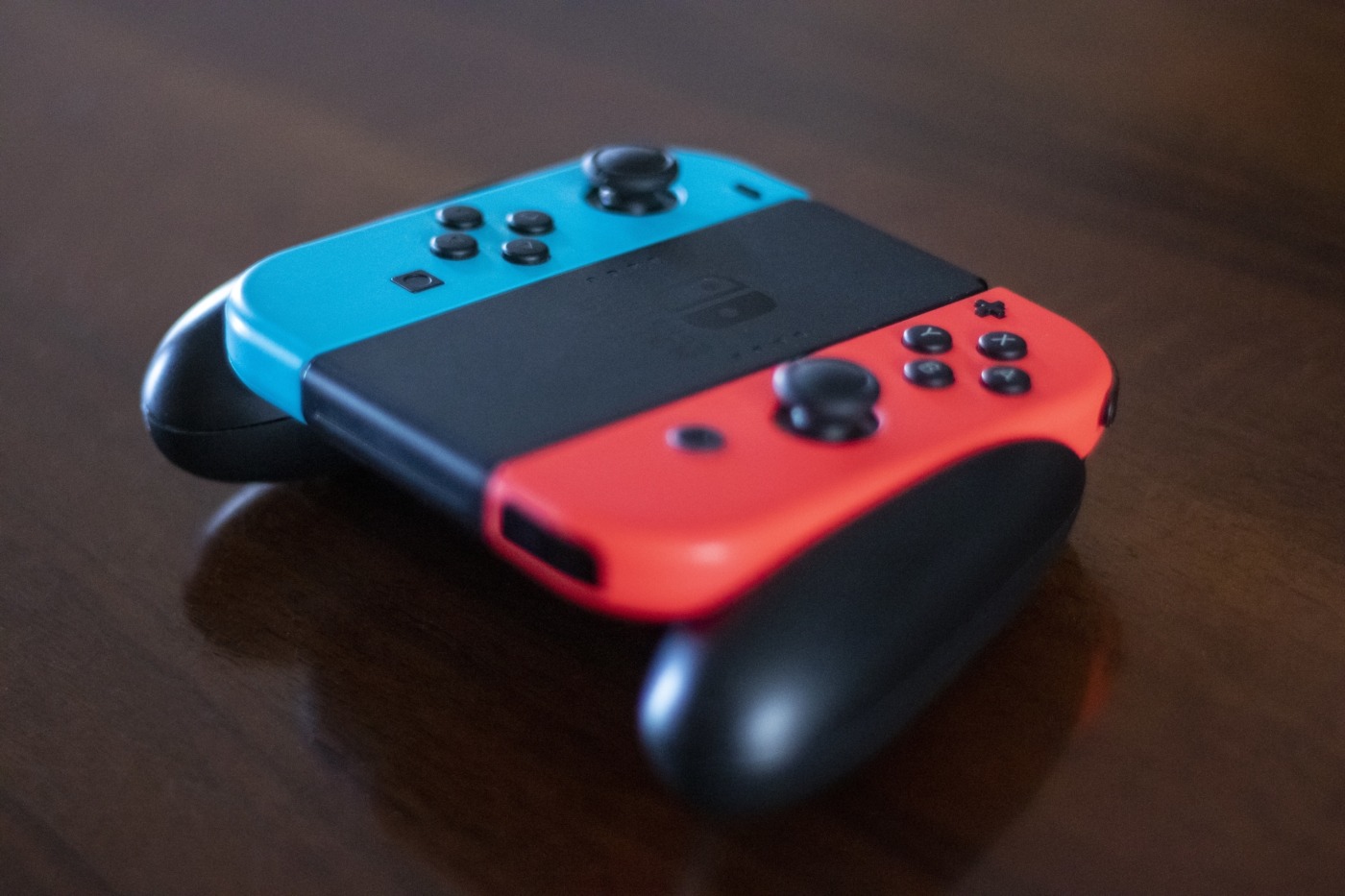Representation of learning difficulties in gaming
My dyslexia is not always the most noticeable of disabilities to those around me. There are the more than occasional misspellings and misspeakings, as well as my strange thought structures, but these are easily ignorable ‘individuality traits’. I will be the first to admit that at times, even I forget about my disability. I only received a diagnosis at 18 so three years later it can still feel new. Though exam season is the time when learning difficulties are at their hardest to ignore, it is easy to stick out when your cohort has finished a paper but you have an hour and a half left on the clock.
Adding to that feeling of vulnerability, this exam season is the last of my undergraduate degree, leaving me little free time outside of revision as I cram to secure the grades I desire. As such, I had no opportunity to fully satiate my gaming obsession, leaving the digital world relegated to daydreams and shower thoughts like, who in gaming is dyslexic?
No character sprang into my head but surely there must be someone who is? According to the NHS, an estimated one in ten people share my specific learning difficulty – with that size of societal presence, there must have been some representation in a few titles, right?
Pepper is never expressly called dyslexic
One rabbit hole dive of research later, the only example I could find was Pepper Roni, the protagonist of Lego Island. The punny-named pizza deliverer has poor literacy skills and whilst playing as him a “NO PIZZA” sign in the game instead reads as “NO PIZAZ”.
Only one notable character in all of gaming. Even then, Pepper is never expressly called dyslexic, only displaying common symptoms of the disability which are played off for laughs. There may be examples I have missed but hours of further internet research have yielded no more names, and given the sparse returns of searching for characters with other learning difficulties, I have little doubt in my findings.
Dyspraxicfantastic.com features a list detailing video game characters its writer believe might be dyspraxic, based on their traits. Potential candidates include Sayori from Doki Doki Literature Club, Celica. A. Mercury from BlazBlue and Angela from Ratchet and Clank 2 but once again, no one is confirmed for definite. Dyscalculia does not seem to feature at all in any game.
Players can insert some of their own traits onto the character they play
This is not the first time lack of disability representation has been noticed in gaming. The medium has been criticized for its almost exclusively non-disabled protagonists. Though, what makes the situation particularly disappointing is how immersive gaming can be. Gamers are able to play a close approximation of a first-hand experience of another’s life. Some recent titles have used this to share with players what living with mental health problems can be like, Celeste and Hellblade: Senua’s Sacrifice being highly praised for their accurate representations. I see no reason why this could not be extended to demonstrate what living with a disability is like too.
I can see why characters exhibiting the common traits associated with learning difficulties might not be the most enjoyable to play at times. If Kratos randomly tripped mid-combo whilst fighting enemies in God of War or Lara Croft needed extra time to solve tomb puzzles that befell her, gameplay flow would very likely be affected.
However, in the case of the three learning difficulties I have brought up, players that have these disabilities are already inserting these traits into the characters they play. If we misread a sign or get lost, our character has also just done the exact same thing in their fictional universe. Dyslexic, dyspraxic and dyscalculic gamers will always play as dyslexic, dyspraxic and dyscalculic characters, and at least in my case, enjoyment is by no means inhibited by this.
However this ability to self-impose does not expand the experience to people outside of those who are already affected. Games would do well to incorporate both protagonists and NPCs with disabilities, if not only from an inclusion perspective but a realism one too. In real life, people are disabled in a multitude of underrepresented ways, their erasure in art is unforgivable.
Representation is important
Representation does not even have to be baked into the gameplay like has been seen in Celeste and Hellblade. In action-focused titles, developers could instead use cinematic cutscenes to display a character’s struggles, in the same way they are already used to expand upon their personality and other characteristics. However, writers will also need to ensure that a person’s disability does not become their defining factor, as much as not being disabled is not a defining characteristic. Nor should a disability ever be mocked or used for a gag, something which has disappointingly been seen too many times before in gaming and other media.
Accessibility, making games more playable for disabled gamers, has been a hot topic in recent months, God of War director Cory Barlog said on Twitter: “Accessibility has never and will never be a compromise to my vision”. Inclusion does not have to be a compromise either. Representation is important and whilst some of popular culture has been making improvements, gaming is lagging behind. Hopefully, all the industry needs is just a little extra-time.

Comments (1)